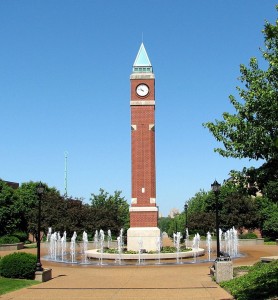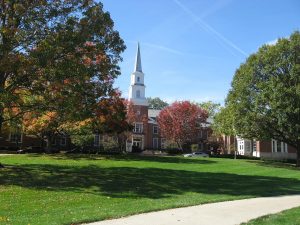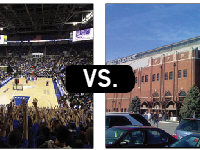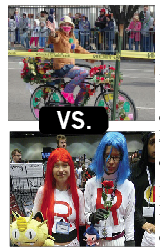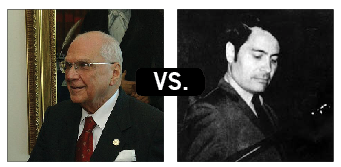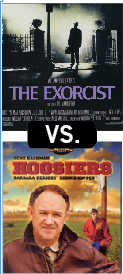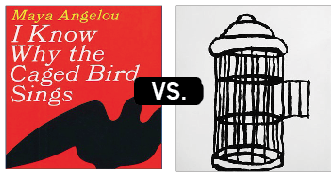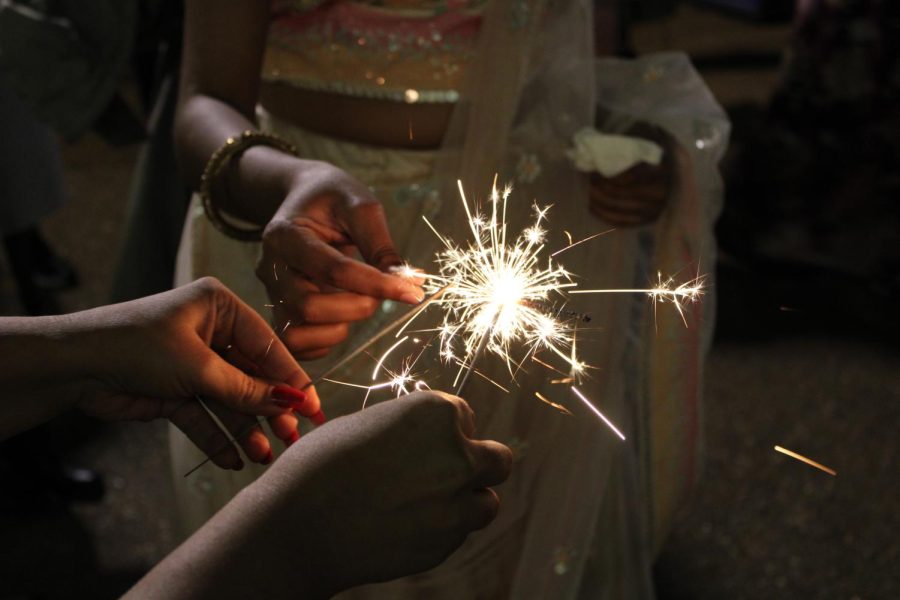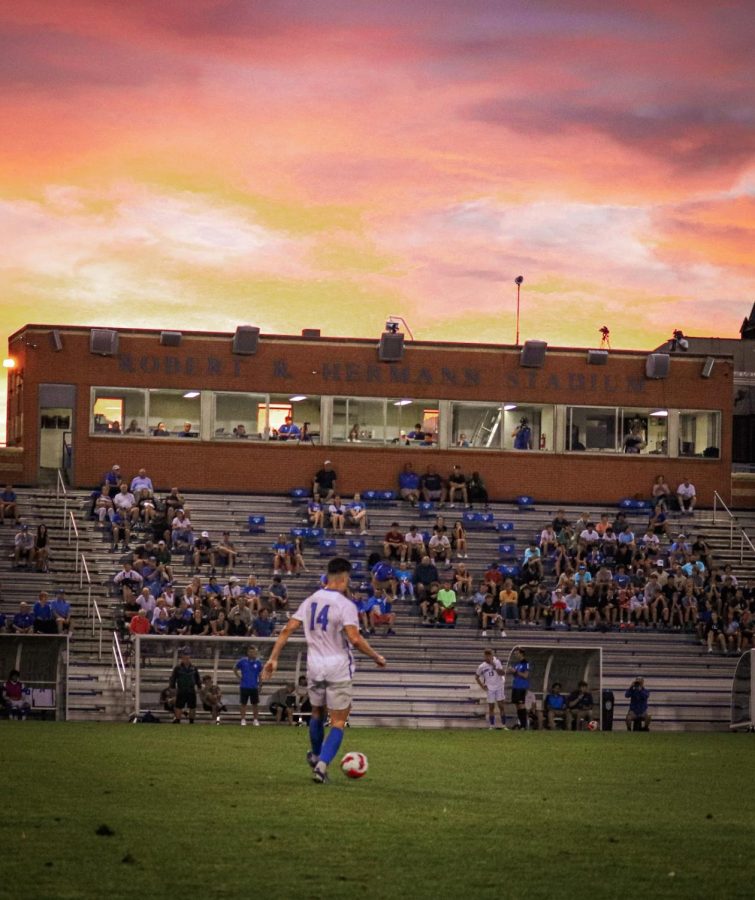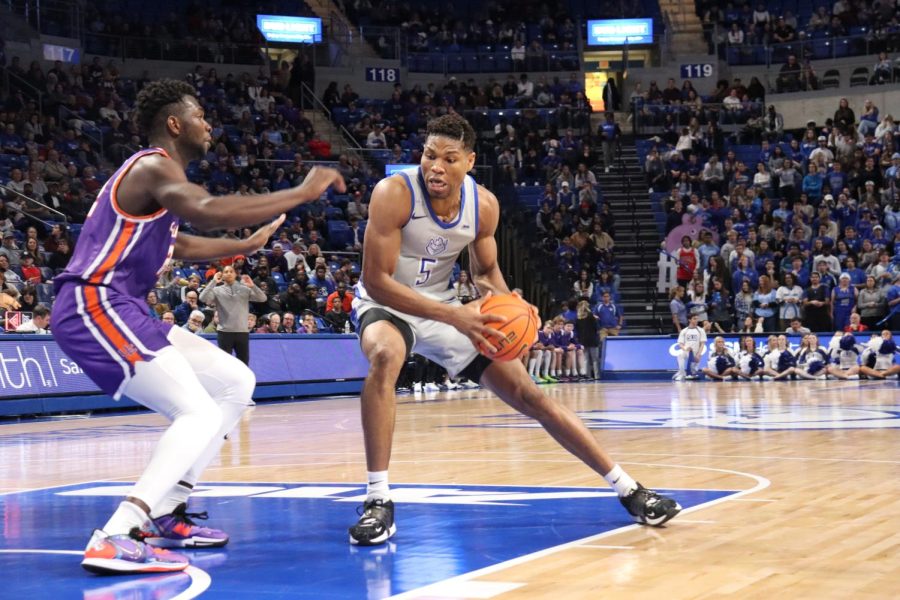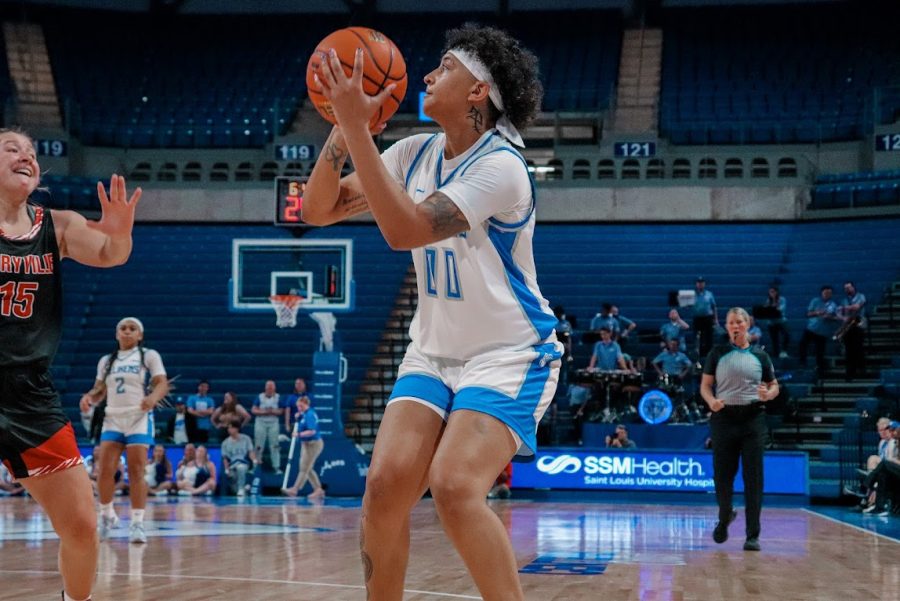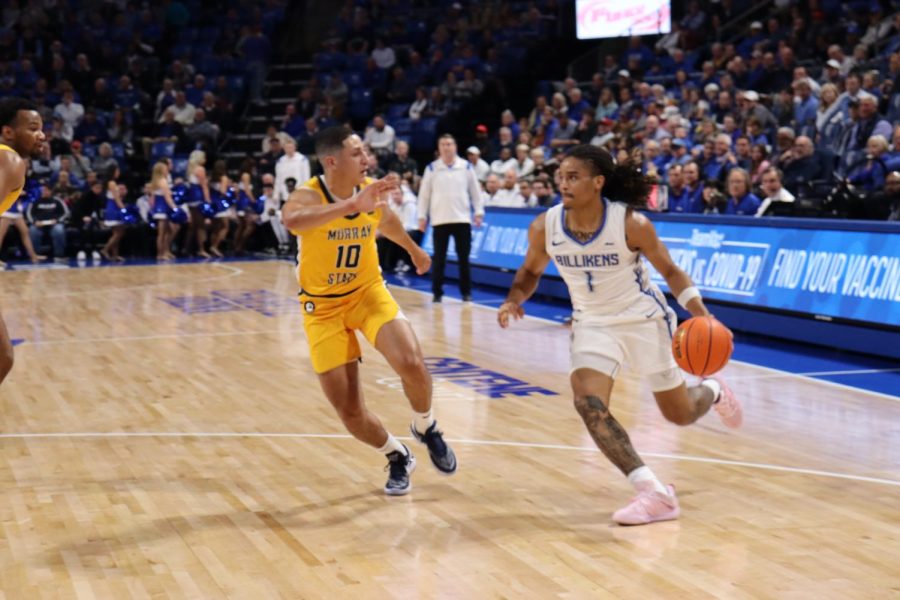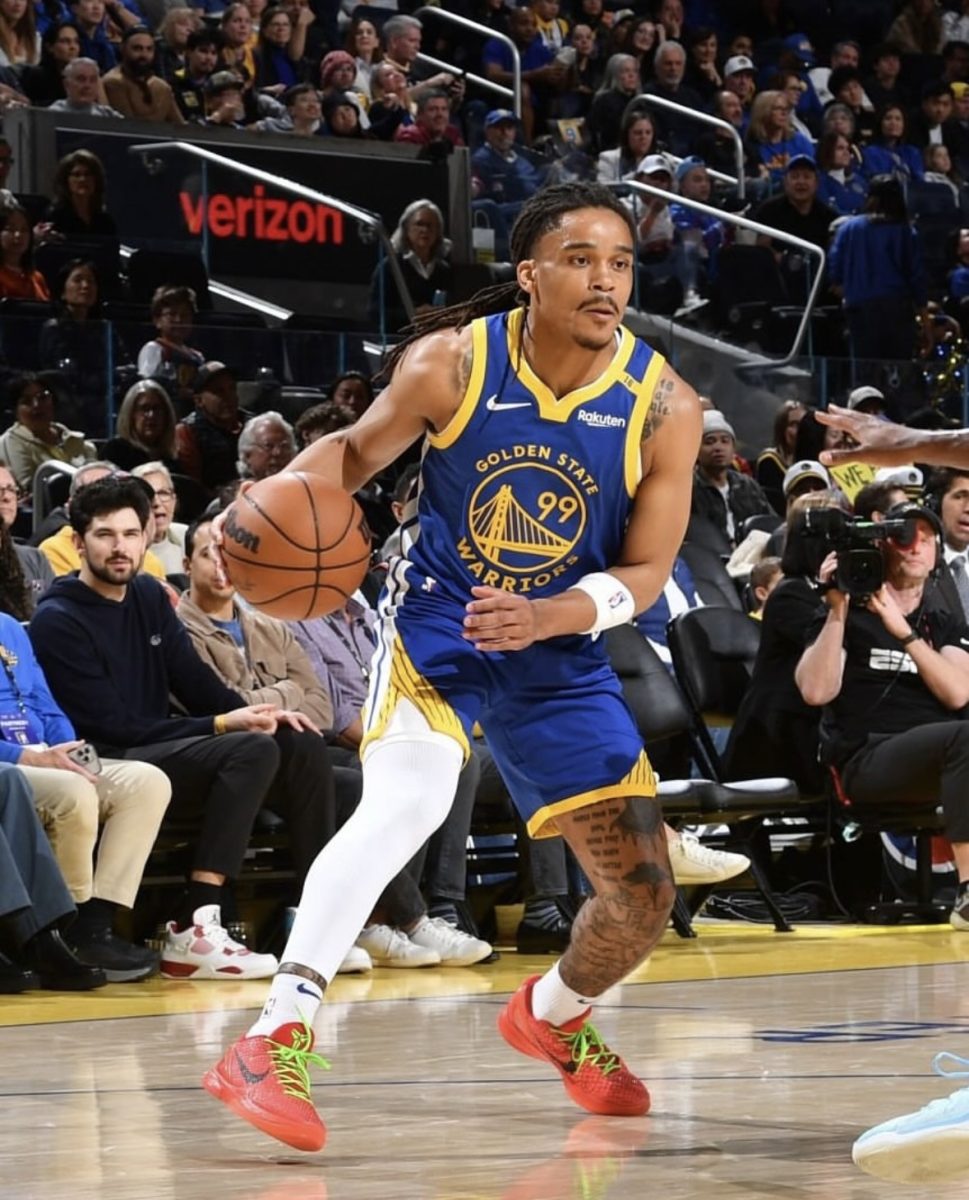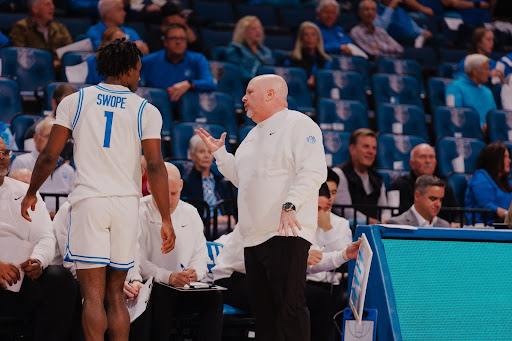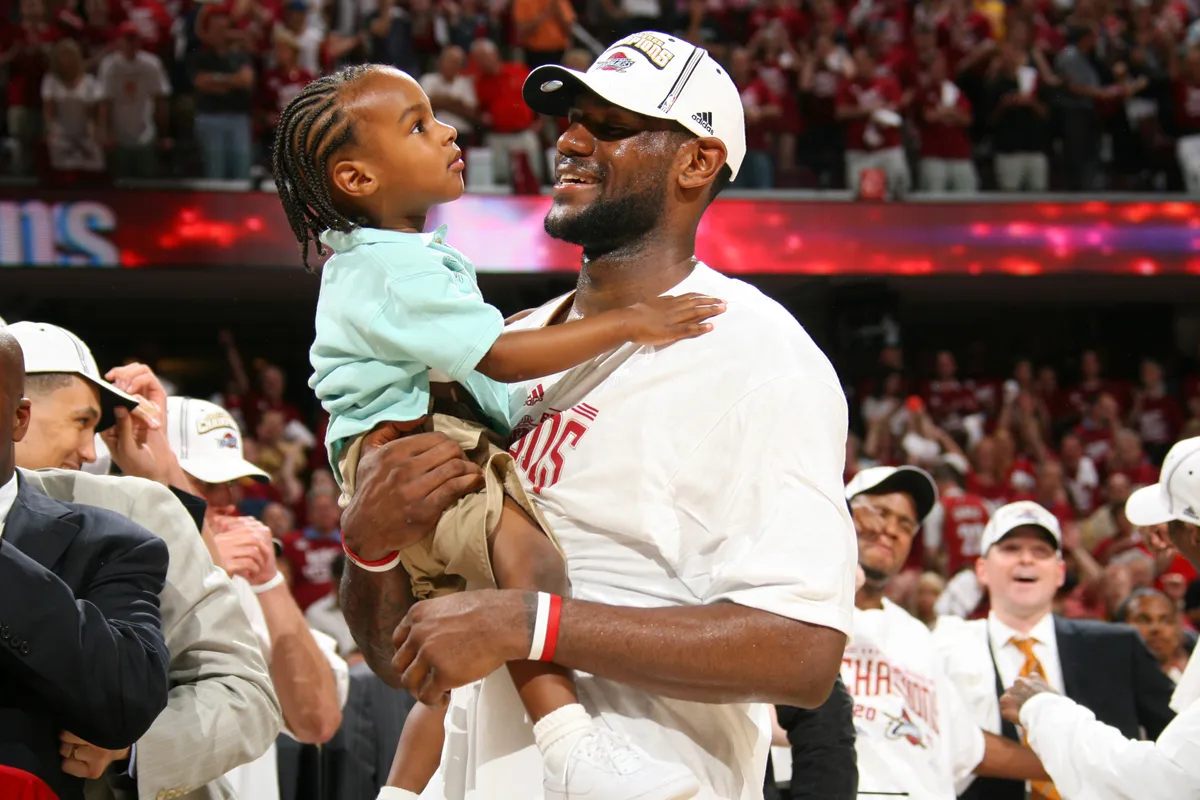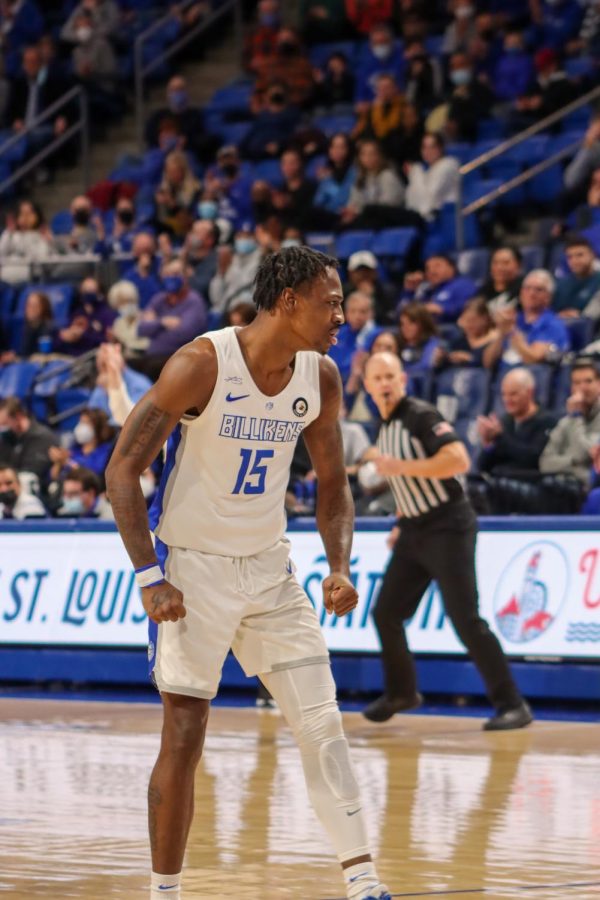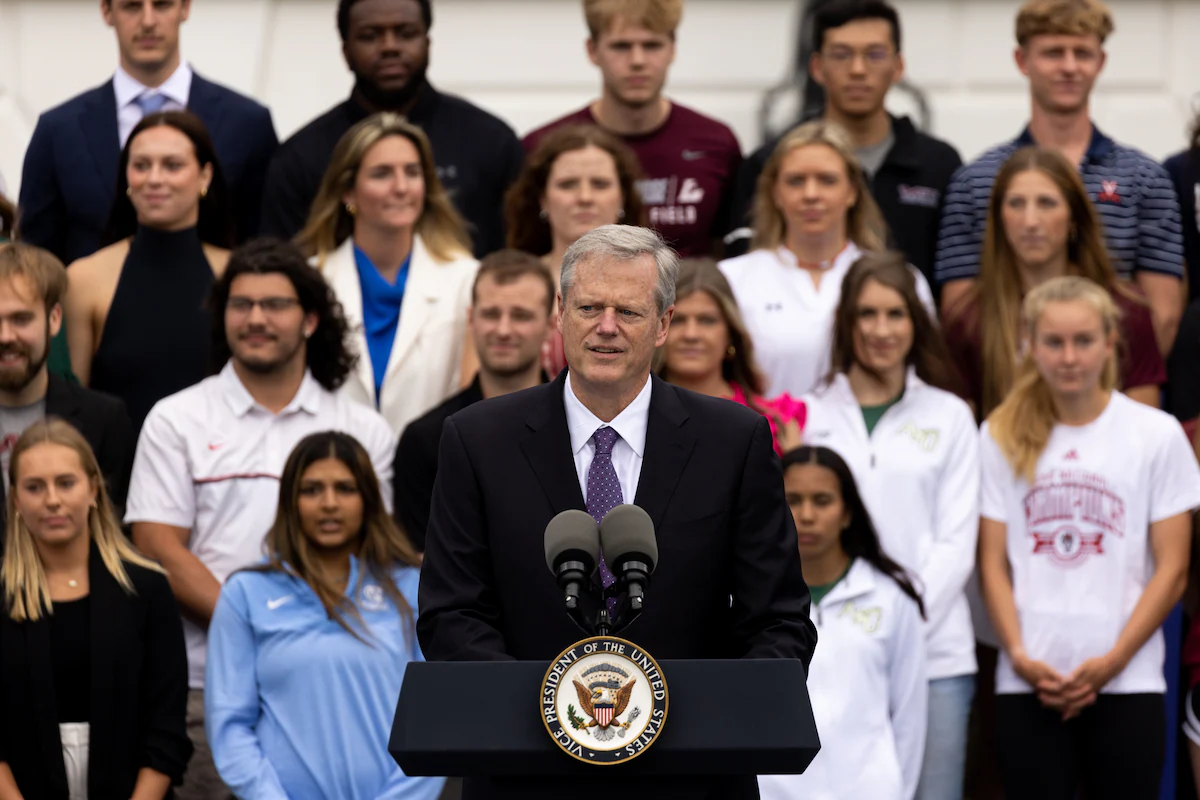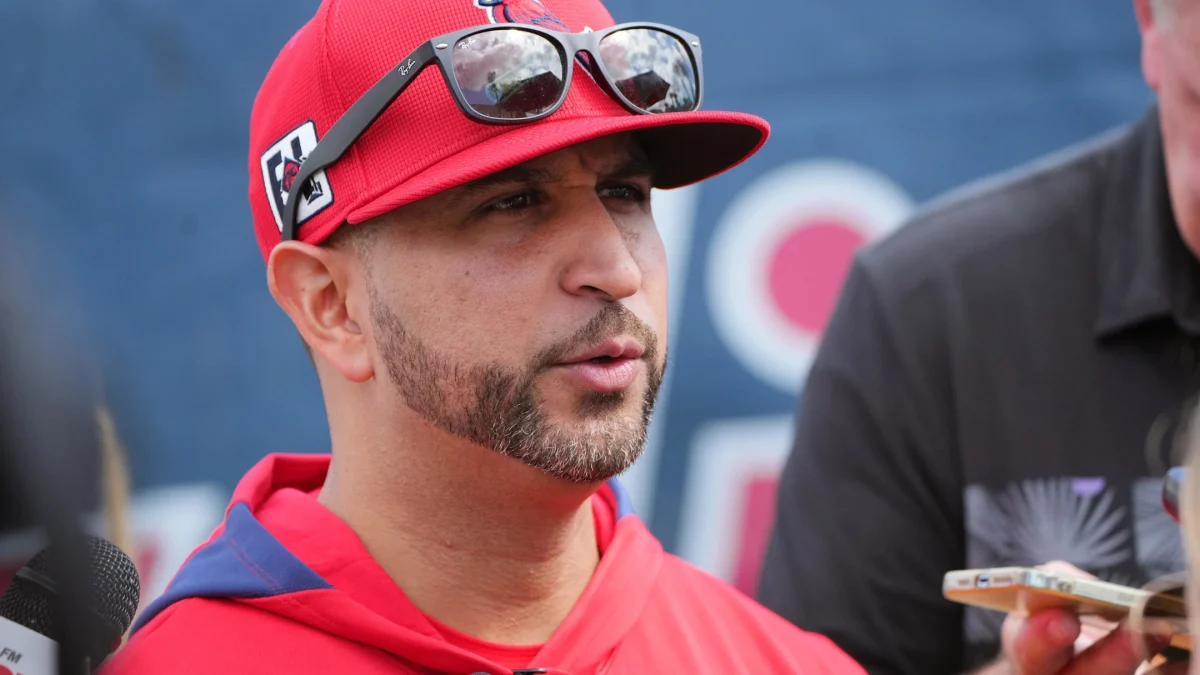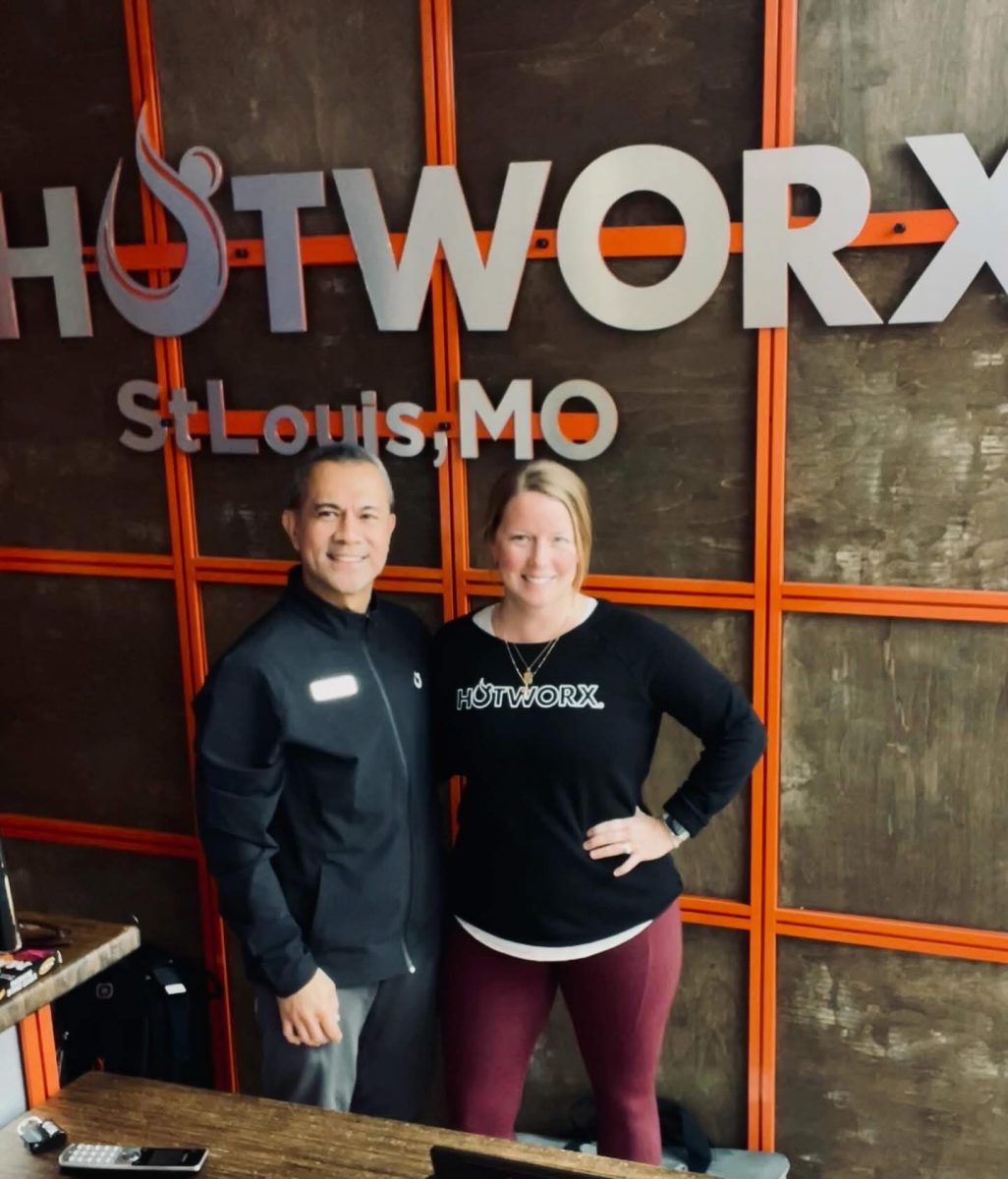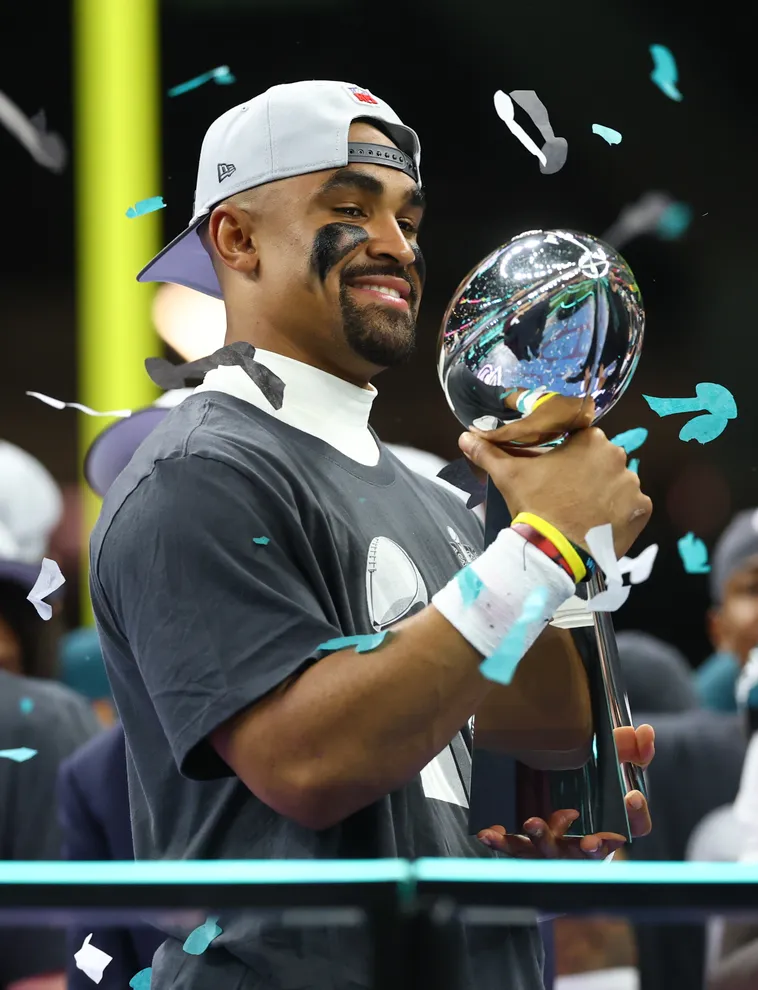St. Louis and Indianapolis square off in new Atlantic 10 rivalry
When Saint Louis University and Butler University square off on Thursday night, it’ll be the first meeting of what fans hope to be a budding rivalry between two tradition-rich schools. But how do the two western-most schools of the Atlantic 10 and their respective hometowns compare? From prominent sporting venues to trailblazing authors, both universities and cities have a unique history. Butler announced over the summer it would begin competition in the A-10 this season, a year earlier than expected. This set the stage for a Bulldogs- Billikens rivalry, presumably for years to come.
Basketball alumni
SLU: Ed Macauley spent much of his basketball career in St. Louis, graduating from SLU in 1949. The two-time consensus All-American was elected into the Naismith Basketball Hall of Fame in 1960.
Butler: Immortalized in the 1986 movie “Hoosiers,” Bobby Plump matriculated to Butler to play basketball soon after.
On-campus sporting venue
SLU: Erected in 2006, the 10,600-seat Chaifetz Arena is the second largest in the Atlantic 10.
Butler: Historic Hinkle Fieldhouse, built in 1928, was the largest basketball arena when it was constructed. Now, it remains one of the most quaint and historic, looking more barn-like than beautiful.
Favorite dress-up party
St. Louis: The biggest Mardi Gras party outside of New Orleans, Soulard’s celebration is widely anticipated and dimly remembered by its participants every year.
Indianapolis: The city plays host to the annual Gen Con, one of the largest video game gatherings in the nation. It is widely wished to be forgotten by all who witness it.
Alumni with Latin American influence
SLU: Enrique Bolaños, who earned an Industrial Engineering degree from SLU in 1962, went on to become president of Nicaragua from 2002-2007.
Butler: Jim Jones, infamous for the mass murder-suicide of 914 people in Jonestown, Guyana, earned a degree in secondary education from Butler University in 1961. He had moved members of his Peoples Temple there in hopes of establishing a “socialist paradise.”
SPORTING VENUE
St. Louis: From Stan the Man to Albert Pujols, Busch Stadium past and present has played host to some of the game’s greats, seeing 11 World Series titles in the process.
Indianapolis: Indianapolis Motor Speedway plays host to the “Greatest Spectacle in Racing,” but lays claim to little else. Hosting the biggest race in a sport with dwindling popularity pales in comparison to Busch Stadium’s history.
Big business
St. Louis: Perhaps the only thing more American than Prozac are the Clydesdales and ubiquitous red label of Budwesier, brought to you by the Belgian conglomerate Anheuser-Busch InBev.
Indianapolis: Eli Lilly & Company, perhaps most famous for its anti-depressant drug Prozac, epitomizes everything Americans love and hate about Big Pharma.
Campus neighborhood
SLU: Equally known for the crime that often steals headlines (and fills inboxes), and the Fabulous Fox Theater, the neighborhood highlights the best and the worst St. Louis has to offer.
Butler: The quintessential hipster neighborhood, complete with independent record labels, comedy clubs and hookah bars, Broad Ripple has everything a college student could ask for.
Movie based on campus events
SLU: “The Exorcist,” the 1973 horror thriller, is notoriously based on events that happened on part on SLU’s campus.
Butler: On a more uplifting note, Jimmy Chitwood hits his game-winning shot in the movie “Hoosiers” at Butler’s Hinkle Fieldhouse. The movie is based on the 1954 Milan basketball team that won the state title in the same gymnasium.
Politicians
St. Louis: Famous frontiersman Daniel Boone spent the latter years of his life in and around St. Louis, first serving as a syndic for the Spanish-occupied land. After the Louisiana Purchase, Boone spent his years trapping beaver and trampling the frontier.
Indianapolis: The 23rd President of the United States, Benjamin Harrison, spent his formative political years in Indianapolis. Now, he is forgotten and cursed by middle school children nationwide as they attempt to memorize our presidents.
Contemporary authors
St. Louis: The famous poet and civil rights activist Maya Angelou is most famous for her autobiography, “I Know Why the Caged Bird Sings,” which tells of her lifelong struggle for freedom.
Indianapolis: One of the most vocal humanists of the modern era, Kurt Vonnegut often integrated his hometown of Indianapolis into his sci-fi satires. The image most often associated with Vonnegut is that of an open empty birdcage, symbolizing hope and freedom.




